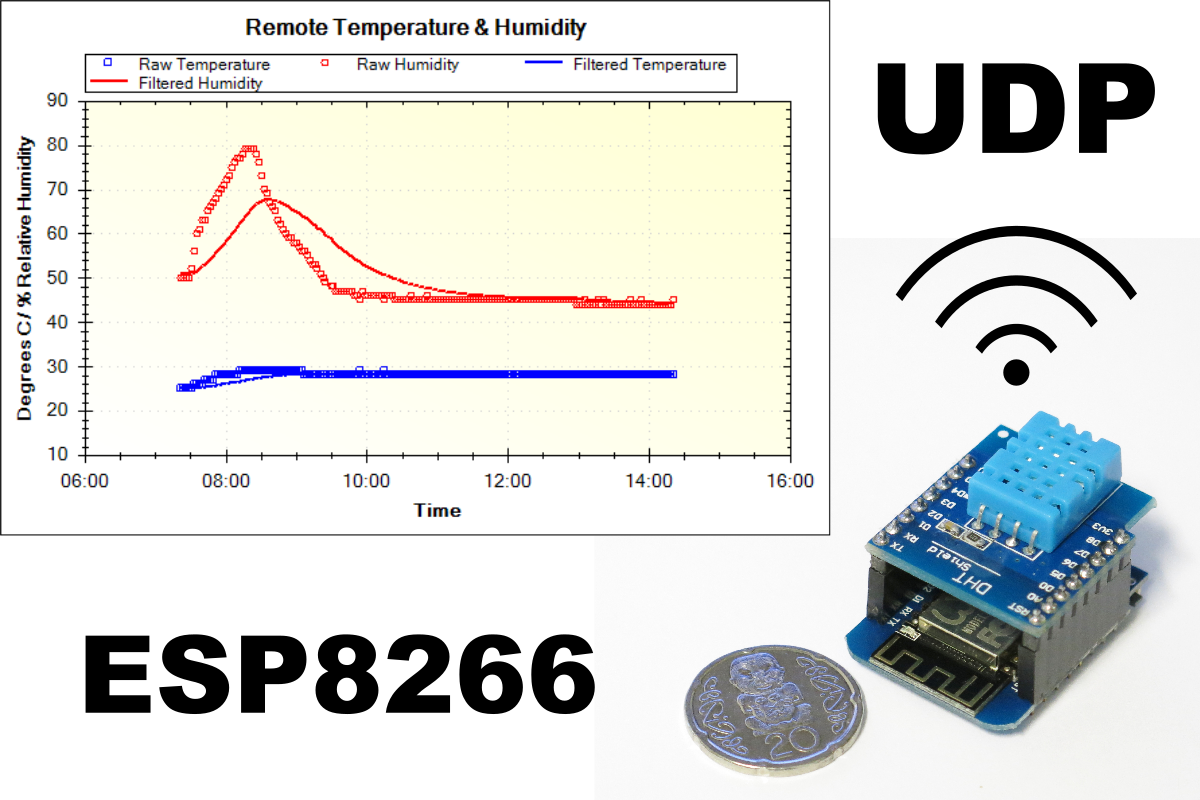

- #ARDUINO ESP8266 SERIAL PORT HOW TO#
- #ARDUINO ESP8266 SERIAL PORT ANDROID#
- #ARDUINO ESP8266 SERIAL PORT SOFTWARE#
- #ARDUINO ESP8266 SERIAL PORT CODE#
#ARDUINO ESP8266 SERIAL PORT SOFTWARE#
Well my friends no worries at all, we can define multiple serial ports using the Software serial library, which I will explain in the programming. So now the question is if we are using the Arduino’s default serial port for debugging purposes then how we will communicate with Nodemcu Module? To power up the Nodemcu ESP8266 wifi module, a wire from the output of the voltage regulator is connected with the Vin pin of the Nodemcu ESP8266 wifi module, and make sure all the grounds are connected together.Īs the Nodemcu will communicate with Arduino through serial communication, so for this we need a serial port, as I always say never use the Arduino’s default serial port for communication with other devices, Use Arduino’s default serial port only for the debugging purposes. As you can see a 330-ohm resistor is connected in series with a 2.5v LED. The capacitor connected at the output is compulsory. Two 470uf capacitors are connected at the input and output sides of the LM7805 voltage regulator. The female power jack J1 is connected with the Input and GND legs of the voltage regulator. J1 is the Female Power Jack and this is where we connect a 12v adaptor or a Solar Panel or a 12v battery. Let’s start with the 5v regulated power supply based on the lm7805 voltage regulator. This circuit schematic is designed in cadsoft eagle 9.1.0 version. I would appreciate your support in this way! I may make a commission if you buy the components through these links. Soldering iron kit: “best” You guys should definitely purchase this: The Amazon Purchase links are given below: Let’s continue without any further delay!!! I’m going to use a variable resistor as the sensor for the best understanding. I will also show the value of the sensor on the serial monitor of Arduino. You can monitor your sensors from anywhere in the world using the Blynk app device terminal widget. The only difference is that the Arduino Serial monitor only operates when the Arduino is attached to the laptop or device, while the Blynk app Terminal Widget program is completely wireless and can be used to control remotely. The Terminal Widget program from Blynk app is just like the Serial Monitor from Arduino. Typically the serial monitor is used for debugging purposes. If you’re using Arduino, you’ll know which serial monitor is being used for.
#ARDUINO ESP8266 SERIAL PORT HOW TO#
#ARDUINO ESP8266 SERIAL PORT ANDROID#
* upload sketches over USB (all ESP8266 boards, all ESP32 boards, Arduino Uno/Uno_r3, Duemilanove, Nano, Mega 2560, Leonardo, Micro/Pro Micro, Pro, Pro Mini, Yun, Esplora, Robot Control, Robot Motor boards are supported, android devices with USB-host support required) and WiFi (OTA for ESP8266/ESP32) * real-time diagnostics (errors and warnings) and fixes *
#ARDUINO ESP8266 SERIAL PORT CODE#
* code syntax highlighting with themes support * * example sketches and libraries included

* open/edit Arduino/ESP8266/ESP32 sketches Make sure you have enough free space and it can't be currently installed on sd card because of Android security policy. The app takes about 500Mb in internal storage as it contains IDE, compiler and uploader for AVR and ESP8266/ESP32. No internet connection, no cloud service account is required. Write with code complete and libraries, compile, upload Arduino or ESP8266/ESP32 sketches over USB or WiFi and monitor your board right from your Android device with ArduinoDroid.


 0 kommentar(er)
0 kommentar(er)
